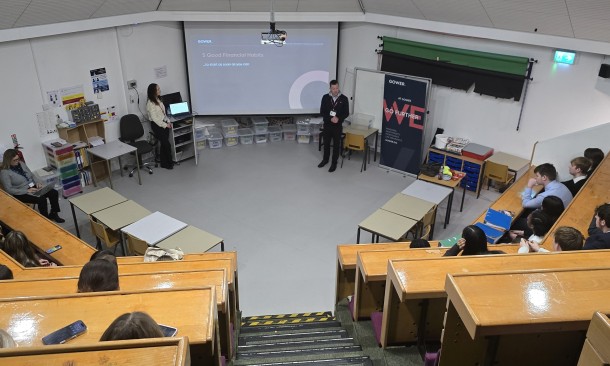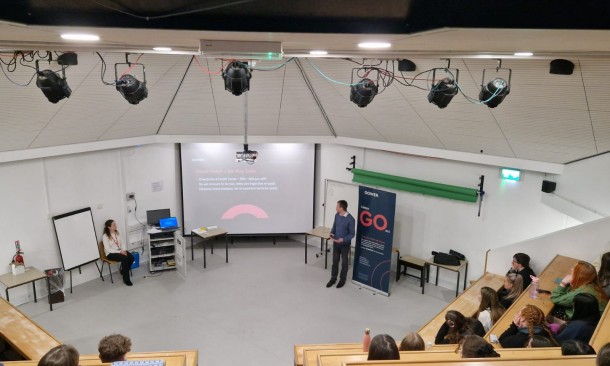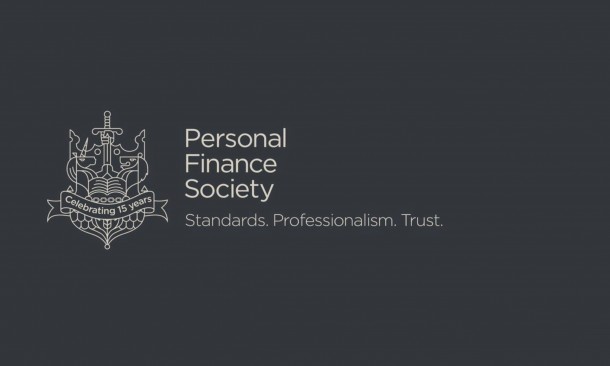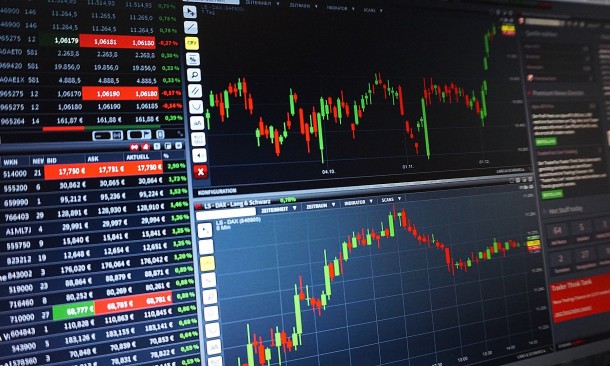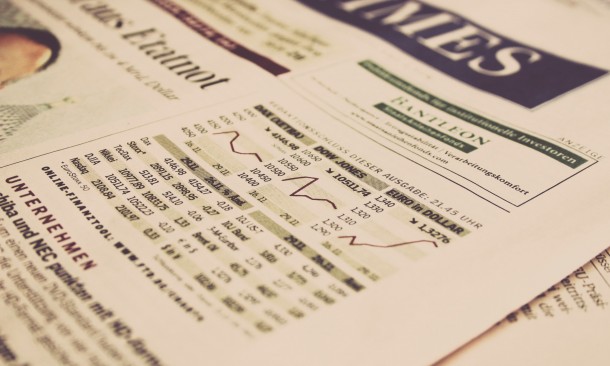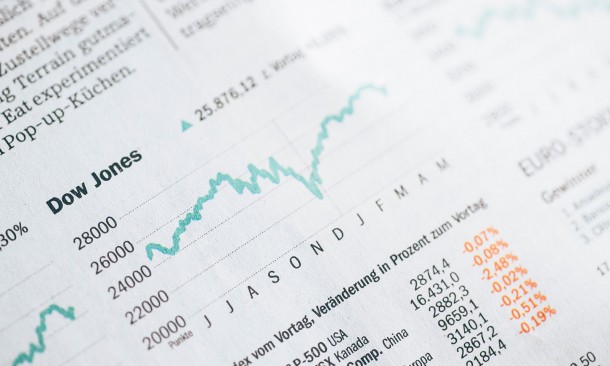Investment Commentary - 2nd Quarter 2022
Q2 2022 Overview:
Most investors will have endured double-digit losses over the year-to-date at a time when inflation is eating into the purchasing power of their savings. It will therefore seem insensitive to highlight a positive development which implies that the worst could soon be over. Recent declines in food and energy prices – which will no doubt take time to be passed on to the consumer – are the pre-cursor for a fall in inflation. America’s central bank (the US Federal Reserve) has stated that they need 3 months of moderating prices to put a hold on interest rate hikes.
Financial markets are making a tentative attempt to rally following the worst start to the year since 1970. In the last century only 1932 and 1962 have been as bad. While some commentators talk of recession, we should bear in mind that the employment market remains at red hot levels. Episodes of sustained economic contraction are usually accompanied by high unemployment which is not the case at present. While rising payroll costs are initially negative for corporate earnings there comes a time when higher wages benefit everyone, as long as the inflation rate starts to moderate.
At the close of March it appeared that stock markets were out of the woods having experienced a Ukraine-related plunge followed by a reasonably rapid recovery. Little did we expect that a similar slide would be repeated and by the end of June America’s S&P 500 index was -20% for the year and the Nasdaq Technology index was -30%. We have seen similar episodes over the last 5 years with two big hits in 2018 and of course 2020. What made it different this time around is that the majority of asset types fell in tandem, so there has been no hiding place.
When we build portfolios the idea is to include investments that behave differently to each other to provide a smoothing effect. Often when stock markets fall, bond markets rise as they are supposed to be a safe-haven asset. However, for the first time in decades government bonds fell substantially. At their low-point in late June, UK Government Gilts had plunged by -17%; a scale of loss I had never seen in my career having enjoyed a 40-year bull market since 1981.
Although it is unlikely to continue, should we extrapolate these declines over the entirety of 2022 then we will see the worst performance in this asset class for a century. To put this into context, government bonds only performed as badly during three major periods of financial re-structuring (a) in the reparations era post-WW1 (b) when the UK crashed out of the Gold Standard in 1931 and (c) after WW2 when massive loans were issued to re-build Europe in the Marshall Plan. After major sell-offs, markets rarely rebound in a neat V-shape. Instead, they first undergo a tug-of-war leading to a W-pattern on the charts as uncertainty ebbs and flows. We have witnessed it twice this year leading to two false dawns of hope. Aside from the economic arguments there are also behavioural clues that the worst is now done.
As interest rates were on the ascendant, they took their toll on Growth stocks (like Technology) as their earnings deliveries are factored-in well into the future. However, the more dependable Value sectors (like Energy, Industrials and Banks) performed relatively well which accounts for the UK’s FTSE-100 being a stand-out defensive play this year. This index is dominated by these traditional industries which have spent much of the last decade in the doldrums. However, even these shares took a dive lately as the US Energy sector lost 25% in a fortnight. It was a clear sign of capitulation, meaning that few sellers were left, leaving the stock market ripe for a rally. We are only in the early stages of this recovery and inevitably it will take much of the remainder of the year to bring portfolio values back and beyond break-even levels.
Stock markets in the first Half of 2022
Investment Outlook and Market Comment
Bond markets dropping the ball
As highlighted in previous commentaries, the fate of government bond markets is far more influential than their smaller stock market counterparts. Although it may not sound significant, the yield or interest rate on the 10-year US Treasury bond surged from just 1.5% in January before peaking in mid-June at 3.5%. This coincided with the biggest rate hike since 1994 which appears to have restored faith in the US Federal Reserve as yields have now pulled back to 3%.
While we did not hold government bonds precisely because they appeared vulnerable, our exposure to corporate and strategic bond funds still lost money, albeit to a lesser extent. In a period of rising interest rates we are unlikely to see bond prices as high as they once were. However, we will at least start to receive greater income generation compared with the past which will accumulate over time. The priority now is to see stability in rates so that equities can recover.
Supply not demand
While central banks exist to maintain target inflation levels of around 2%, they have limited tools in the box to achieve this. What has made this episode different to others is that we are not talking about dampening demand to curtail price rises but freeing-up supply chains from bottlenecks. These are driven by the cost and availability of materials as well as labour shortages which central banks can do little about. A careful balancing act must be achieved such that lower inflation does not come at the price of higher unemployment. With consumers struggling with a cost of living crisis, the additional pain of more expensive mortgages could not possibly come at a worse time.
The trigger for the pull-back in bond yields has been the decline in the oil price; not that it will feed through to forecourt prices anytime soon. The collective move to protect profit margins and build a buffer against future input costs will ensure that prices will remain elevated in the supply chain, until such a time as competitive forces stir to life once more. There should however be an element of caution as we are on the cusp of the US driving season which will see demand rise, although demand destruction may curtail holiday plans for many Americans, with fuel above $5 a gallon.
Boris, boos and the British Pound
Having been unceremoniously booed by the crowds at the Queen’s Platinum Jubilee, Boris Johnson went on to experience a confidence vote which he survived. However, confidence among consumers remains fragile with the lowest survey readings since 2008 and in the case of the USA, the worst since 1952 when the agency first began collecting data. Britain used to be referred to as the sick man of Europe in the 1970s due to Union unrest and economic mismanagement. While it would be easy to draw parallels with that decade’s industrial strife and inflation, the structure of the UK economy is very different. Nevertheless, Sterling remains the weakest link, losing 10% against the US$ this year.
Unintended consequences of price controls
In times of uncertainty, it is tempting to run to the government for assistance, even if it was their intervention that caused chaos in the first place. Some are calling for price controls without taking note of history. It is a useful exercise to look back at the American experience of the early 1970’s, if only as a guide for human behaviour in times of inflation. In 1971 President Nixon announced price and wage freezes as America gave up on the last vestige of the Gold Standard. The 90-day freeze proved popular and was conveniently timed to end after the 1972 election, which he won by a landslide.
The public and markets alike loved the approach, but it was storing up trouble. Inflation was artificially suppressed and came back with a roar. By the time a ‘temporary’ freeze was re-imposed in 1973 price rises were endemic and began to beget one another, culminating in queues at the petrol pump later that decade, just as we had in the UK. To quote a book from the era (The Commanding Heights) ‘Ranchers stopped shipping their cattle to market, farmers drowned their chickens and consumers emptied the shelves of supermarkets’. Often it is harder to do nothing rather than intervene which has become the standard modus operandi for governments. Extreme price moves have a habit of generating their own solution by way of greater supply or demand as the case may be, which is the basis of free markets.
Portfolio moves
With the benefit of hindsight, the best investment advice 6 months ago would have been to park your money in US Dollar cash and Oil futures. Not only would this have been inappropriate in many cases from a risk perspective but would have seemed absurd as inflation was creeping up well before any signs of conflict in the Ukraine. We did however begin a change in emphasis in some portfolio models by increasing Value funds and adding some commodity exposure, rather than simply relying on precious metals. Should inflation not ease off in the coming months, we will need to make further adjustments. However, we are mindful of trying to design portfolios that factor-in the future rather than react to the recent past.
Outlook
The previous Quarter’s commentary began with a Churchill quote so perhaps it is fitting to finish this one with another. As the tide turned in the Allies’ favour in 1942 he said “this is not the beginning of the end, but the end of the beginning”. We may be commencing a recovery but it will be some time before investors move back to breakeven. There is then the not insignificant matter of making yet more to exceed inflation in future. Much will depend on the path of commodity prices; as long as some cooling is evident then investors can have faith that any upturn is real and not just another false dawn.
In each of the following charts we review the general direction of the main markets over 10 years rather than the launch date of portfolios on 1st January 2009.
UK FTSE-100
USA S&P 500 Index
Europe Ex-UK
Disclaimer
Past performance is not a guide to future returns. Please note that the value of your investments can go down as well as up and you could get back less than your original investment.
The information and views expressed in this blog is for general information purposes only and is provided by Gower Financial Services Limited ("Gower", "we"). While we endeavour to keep the information up to date and accurate, we make no representations or warranties of any kind, express or implied, about the completeness, accuracy, reliability, suitability or availability with respect to the blog for any purpose.
The blog is based on the opinions of Gower and therefore does not reflect the ideas, ideologies, or points of view of any organisation with which Gower is, and may in the future potentially be affiliated with.
This blog does not constitute investment or financial advice or a representation that any investment strategy or service is suitable or appropriate to your individual circumstances.
Gower will not be liable for any loss or damage including without limitation, indirect or consequential loss or damage, or any loss or damage whatsoever arising from loss of data or profits arising out of, or in connection with, the use of the information contained within this blog.
Gower Financial Services Ltd is licensed and regulated by The Guernsey Financial Services Commission. Company registration number 37312 and has its registered office at Suite 2, Weighbridge House, Le Pollet, St Peter Port, Guernsey, GY1 1WL.







